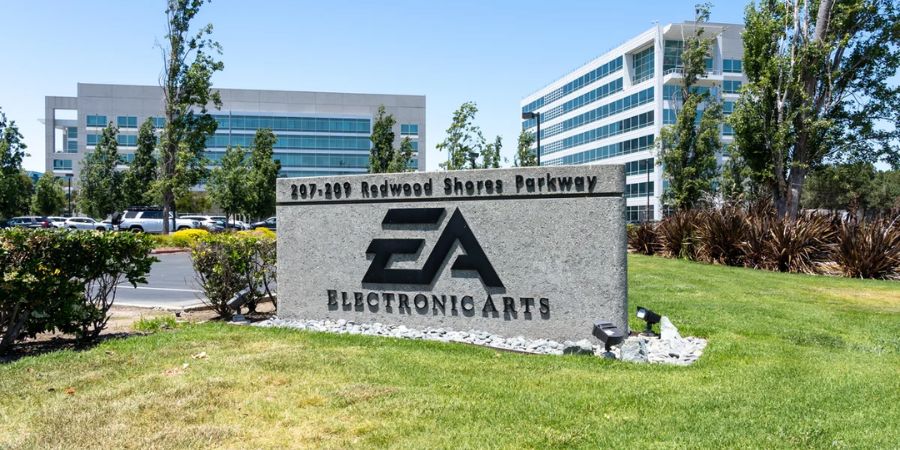The world’s digital economy is based on trust. All online commerce, secret messages, and intellectual property rest on encryption to secure data. Existing standards like RSA and ECC have been dependable for decades. But a radical disruption is looming. It’s called Q-Day, the day when quantum computers become powerful enough to shatter commonly used cryptographic techniques.
The United States National Institute of Standards and Technology has cautioned that most public key encryption algorithms will be broken with quantum computing power. McKinsey analysts estimate the market for quantum computing could approach almost one trillion dollars by 2035. To companies, this represents a complete transformation in the way Quantum Security will be managed.
Q-Day is not far on the horizon for researchers only. It is an actual business threat. Information hacked today and retained by attackers can be cracked in the future when quantum technology becomes mature. This technique is referred to as harvest now, decrypt later. In industries that handle sensitive information like healthcare, finance, or defense, the implications could be staggering.
Picture an insurance firm where patient medical records are revealed, or a bank where decades of transaction history are suddenly accessible. The effect extends far beyond monetary damages. It taints the foundation of customer trust and compliance requirements. That is why Preparing for Q-Day: Is Your Business Ready for the Quantum Security Shift is no longer optional.
The need to prepare arises from the protracted lifespan of information. Some records must be guarded for decades. A drug manufacturer’s research, a government organization’s citizen database, or a law firm’s client agreements all must be secured years after being constructed. If companies wait for quantum computers to make an appearance, it will be too late to lock down that which has already been compromised. The time to prepare for Quantum Security is now.
Understanding Quantum Security Risks
Quantum Security risks are unlike anything organizations have faced before. Quantum computing leverages the phenomena of superposition and entanglement to perform calculations classically impossible. This capability enables algorithms like Shor’s to factor large numbers rapidly, undermining RSA and ECC encryption. The algorithms form the backbone of online banking, digital signatures, and secure communication. When breached, attackers are capable of impersonating users, creating fake transactions, or revealing private information. This is why experts often call it the ultimate Quantum Computing Threat.
One real-world analogy is to imagine today’s encryption as a locked box that has a key that would take millennia to guess for an ordinary computer. A quantum computer would be able to open that box within a few minutes. That is the kind of change the shift represents. Companies that rely on confidentiality, integrity, and authenticity need to prepare for Quantum Security challenges where the old locks no longer work.
Quantum-Safe Solutions for Businesses
Q-Day preparation is not only a matter of awareness. It involves action. The term Post-Quantum Cryptography or quantum-safe cryptography applies to algorithms that can withstand the attacks of quantum computers. These approaches are being standardized by NIST, with lattice-based, code-based, and multivariate polynomial cryptography being the candidates. Migration to these standards is a major project for businesses. It involves system upgrades, performance testing, and compatibility with current infrastructure. This is central to How Businesses Can Prepare for Quantum Security Challenges.
The most important step is to develop a list of cryptographic assets. Organizations lack clarity on where encryption is used. Encryption is used in all layers, from databases and APIs to payment systems and email servers. Having a comprehensive list enables companies to determine which assets are most exposed to Quantum Security attacks and plan migration accordingly.
Equally critical is developing flexibility. A cryptographic agility model enables systems to switch algorithms without substantial redesign. This eliminates lock-in to a particular solution and sets the organization up for future evolution. For example, a financial services provider can have a hybrid approach where traditional and quantum-resistant algorithms run concurrently until the new standards are proven stable and efficient. This kind of hybrid approach ensures resilience in the Future of Cybersecurity in the Age of Quantum Computing.
Industry-Specific Implications
Various industries will be impacted differently by Q-Day. The financial industry is at risk of the transaction being fraudulent and the authentication being compromised. The medical industry has to protect patient data that can remain valid for decades. The government has to protect sensitive information and provide secure communication with its allies.
Telecom providers are yet another key sector. They handle humongous amounts of data traffic, and their networks are the backbone of the net. A security breach at this point would impact millions of users at a time. Retailers and online stores also need to ready themselves, since compromised customer data will mean large-scale identity theft. The ripple effect of failing to implement Quantum Security measures will be devastating.
The Cost of Inaction
Others see Quantum Security threats as a far-off issue, but the cost of waiting can be catastrophic. Think of businesses that waited till late to migrate to the cloud. They experienced hasty shifts, interoperability problems, and increased expenditure. The same thing can happen with Q-Day preparedness. Waiting until computers are quantum-capable will create hasty upgrades under duress, exposing systems while the switch is being made.
Additionally, regulators already are taking notice. Governments in Europe, the United States, and Asia are making investments in quantum research and publishing guidelines on Post-Quantum Cryptography practices. Non-compliance might lead to fines or contract loss, especially in sectors where security is linked to regulation. The Quantum Computing Threat is too real to ignore.
Steps Businesses Can Take Now
- Awareness and Education: Boards and leadership teams must understand the strategic importance of Q-Day. Cybersecurity should not be treated as a technical issue alone. It is a business continuity concern.
- Cryptographic Inventory: Document all encryption usage across the enterprise. Include applications, databases, devices, and communication protocols.
- Risk Assessment: Prioritize assets based on sensitivity and lifespan of data. Decide which information needs protection for the next decade or longer.
- Adopt Hybrid Models: Use hybrid encryption techniques that blend classical and Post-Quantum Cryptography methods during the transition.
- Vendor Collaboration: Engage with software vendors, cloud providers, and tech vendors to learn about their roadmaps for being quantum ready.
- Policy and Compliance: Keep up with government and industry regulations. Harmonize security policies with evolving standards.
- Invest in Agility: Design systems that enable smooth upgrades to new algorithms without significant disruptions.
Shifting the Business Mindset
Preparation for Q-Day is not merely a technical feat. It is a cultural and strategic revolution. Companies that view Quantum Security as a long-term investment and not a short-term expense will be better off. Just like the transition to the internet revolutionized industries, the advent of Quantum Security will reset the rules of trust and protection. The Future of Cybersecurity in the Age of Quantum Computing will belong to those who act early.
The companies that will prosper are those that see the change coming, prepare in a measured way, and look at How Businesses Can Prepare for Quantum Security Challenges as a growth opportunity. By getting ready now, companies minimize future threats, stay compliant, and develop resilience. Preparing for Q-Day: Is Your Business Ready for the Quantum Security Shift is not just a guide, it is a necessity.
The lesson is obvious. Information security was always a race between attackers and defenders. The Quantum Computing Threat is going to redefine the race. Those who are prepared ahead of time will not only keep their information safe but will also make their reputation stronger in front of customers and business partners.
Conclusion
Q-Day can come in ten years or less. Nobody knows the timeline, but the threat is present and escalating. Companies cannot wait to prepare. The guide includes awareness, inventory, risk analysis, Post-Quantum Cryptography implementation, and policy conformity. These processes take time, planning, and investment. The task may feel burdensome today, but the alternative is much more expensive.
The future belongs to organizations that act early. Just as businesses that embraced the digital transformation before their competitors gained an advantage, those who prepare for the Quantum Security shift will hold the trust of their customers in an uncertain landscape. Q-Day is not a question of if. It is a matter of when. The real question is whether your business will be ready.
Read Also: Hyundai Georgia Plant Raid Detains 475 Workers Amid Safety Concerns











